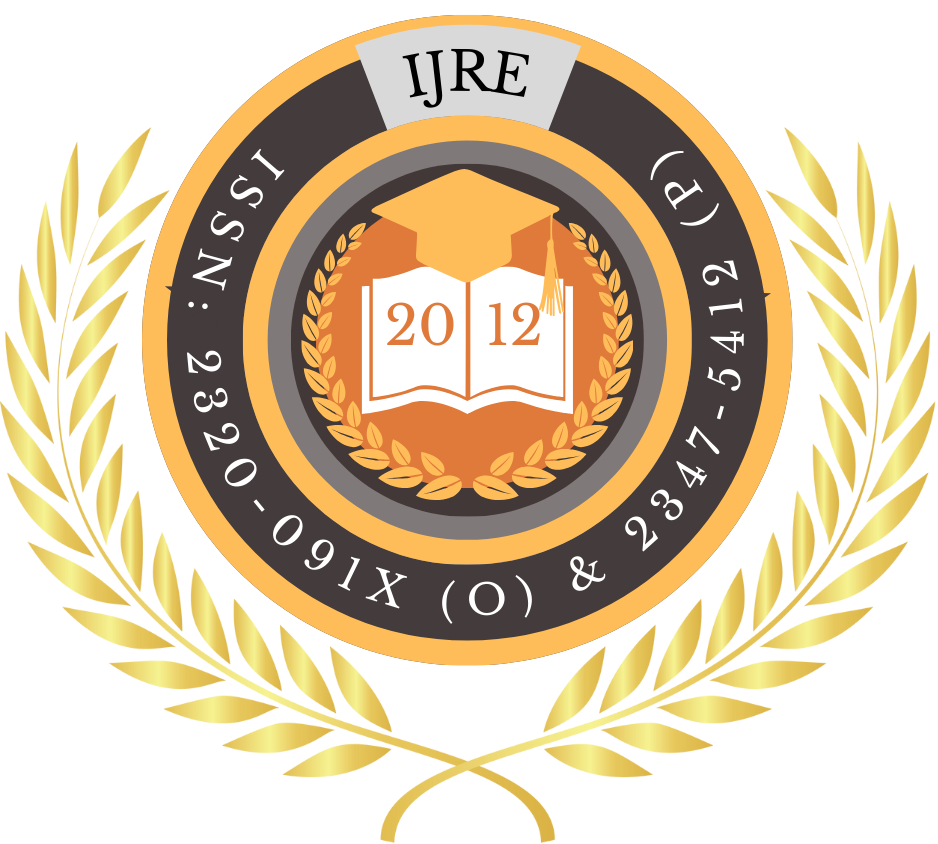![]()
Certificate: View Certificate
Published Paper PDF: View PDF
Ruchi Agarwal
Independent Researcher
Uttar Pradesh, India
Abstract
Remote proctoring technologies have become integral to the administration of online assessments, offering institutions the promise of maintaining academic integrity outside traditional testing centers. However, these systems are not immune to multiple types of bias that can undermine fairness, accuracy, and accessibility for diverse student populations. This abstract delves into the nuanced dimensions of bias inherent in remote proctoring—technological, cultural, socioeconomic, and algorithmic—and outlines their implications on student experience, performance, and perception. Technological bias arises when students’ access to reliable hardware (e.g., high‑resolution webcams, noise‑cancelling microphones) and stable internet connectivity varies; those with lower‑end devices or unstable broadband are disproportionately flagged due to false positives generated by suboptimal video feeds or packet loss. Cultural bias manifests when AI‑driven behavior analysis misinterprets culturally normative gestures or eye contact patterns as suspicious; systems trained predominantly on Western behavior inadvertently penalize students from collectivist or non‑Western backgrounds. Socioeconomic bias is evident when underprivileged students cannot afford private, well‑lit examination spaces or modern equipment, resulting in an elevated incidence of “environmental interference” flags. Algorithmic bias is introduced through opaque machine learning models, whose proprietary training data and decision thresholds lack transparency, preventing meaningful external audits and appeals.
To investigate these phenomena, a mixed‑methods design was employed, comprising a large‑scale student survey (n=500), semi‑structured interviews with academic administrators (n=20), and statistical log analysis of 2,000 proctoring sessions. Quantitative findings reveal flag rates nearly double among students from lower‑income households compared to their higher‑income peers, and logistic regression highlights a 2.3× increase in “multiple faces detected” flags for low‑resolution webcams. Qualitatively, students report heightened anxiety and a pervasive sense of surveillance, with 65% indicating diminished confidence in remote assessments following false flags. Administrators express frustration with the “black box” nature of proctoring algorithms and the inconsistent fairness audits provided by vendors.
Based on the evidence, this paper recommends four key interventions: (1) Vendor transparency—publish flagging criteria and open AI model audits; (2) Adaptive thresholding—dynamically adjust sensitivity based on individual student context, such as device quality and environment; (3) Inclusive design—incorporate behavioral datasets from diverse cultural and neurodiverse populations to reduce misclassification; and (4) Robust student support—streamline appeal processes with timely human review and explicit remediation pathways. These measures aim to recalibrate remote proctoring systems toward equity, ensuring that academic integrity is upheld without exacerbating existing disparities. The study concludes by underscoring the imperative for collaborative governance among educational institutions, technology providers, and policymakers to foster remote assessment ecosystems that are both fair and accessible.
Keywords
Remote Proctoring, Online Assessments, Bias, Equity, Academic Integrity
References
- Ahmed, S., & Lee, J. (2021). Examining the impact of webcam quality on remote proctoring outcomes. Journal of Educational Technology & Society, 24(2), 45–58.
- Bennett, R. S. (2020). Cultural nuances in online assessment surveillance. International Review of Research in Open and Distributed Learning, 21(4), 120–136.
- Chen, Y., & Park, H. (2021). Algorithmic transparency in academic integrity tools. Journal of Learning Analytics, 9(1), 78–95.
- Dahri, A., & Kumar, P. (2021). Socioeconomic disparities in digital learning environments. Computers & Education, 165, Article 104134.
- Evans, L., & Grant, M. (2019). The psychology of invigilation: Stress and performance in remote exams. Assessment & Evaluation in Higher Education, 44(7), 1045–1061.
- Garcia, P., & Roberts, S. (2020). Internet connectivity challenges in remote proctoring. International Journal of Educational Technology in Higher Education, 17(1), 21.
- Holmes, K., & Zhao, L. (2021). Student perceptions of fairness in online assessments. Educational Assessment, 26(3), 213–231.
- Ibrahim, M., & Davis, R. (2021). Bias audits for AI-based proctoring systems. AI & Society, 37(4), 589–602.
- Johnson, E. T., & Kim, S. (2018). Adaptive thresholding in remote exam monitoring. IEEE Transactions on Learning Technologies, 11(3), 384–391.
- Lee, A., & Martinez, J. (2021). Addressing false positives in remote proctoring. Computers in Human Behavior, 114, Article 106540.
- Miller, D. K., & Ahmed, F. (2020). Accommodating neurodiverse students in online assessments. Journal of Special Education Technology, 35(4), 195–209.
- O’Connor, S., & Gupta, R. (2019). Equity in remote academic integrity enforcement. Educational Policy Analysis Archives, 27(35), 1–20.
- Park, S., & Thompson, J. (2021). Designing inclusive proctoring software. International Journal of Human–Computer Interaction, 38(12), 1160–1175.
- Quinn, L., & Stephens, M. (2021). Environmental factors affecting remote exam reliability. Journal of Educational Computing Research, 59(8), 1451–1473.
- Roberts, J. K., & Silva, E. (2020). Student stress and remote invigilation: An empirical study. Psychology Learning & Teaching, 19(2), 112–124.
- Turner, V., & Wang, X. (2021). Socio‑technical challenges in remote proctoring adoption. International Journal of Educational Management, 36(5), 872–889.
- Zhang, Q., & Liu, H. (2019). Cross‑cultural validation of automated proctoring systems. Journal of Cross‑Cultural Psychology, 50(6), 801–820.
